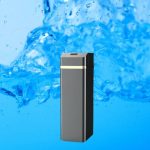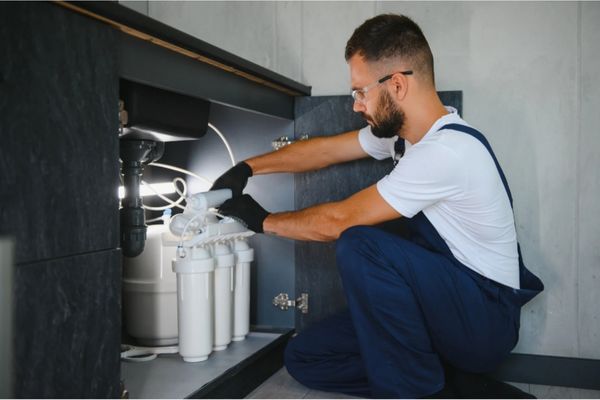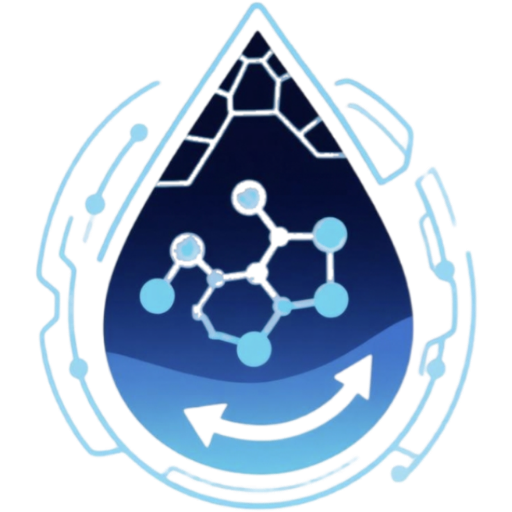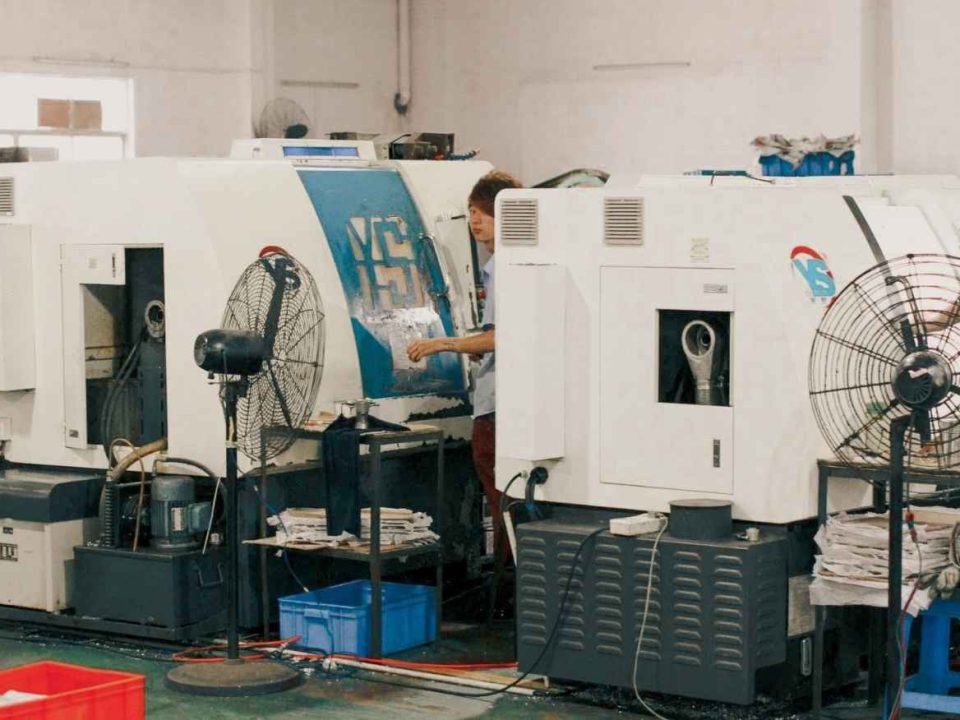
How to Choose a Water Purifier?
30 September, 2025
Water Softener: Core Principles, Functions, and User Guide
17 October, 2025
Water purifiers ensure the safety of domestic water, and their popularity is increasing. Household direct drinking water machines are mainly divided into reverse osmosis (RO) water purifiers and ultrafiltration water purifiers. Ultrafiltration water purifiers filter tap water by relying on tap water pressure. They have a simple structure and low failure rate; when failures occur, they are basically caused by filter element blockage. RO water purifiers have a complex structure. Today, let’s talk about the working principle and troubleshooting of RO water purifiers.
Tap water enters the first-stage 5-micron PP cotton filter element. The water outlet of the PP cotton is connected to the low-pressure switch, then enters the second-stage UDF filter element, and then enters the third-stage 1-micron PP cotton filter element. It then enters the water inlet solenoid valve filter element and then the water pump. After the water pump pressurizes the water, it enters the RO membrane.
The RO membrane separates the water into pure water and wastewater. The pure water enters the check valve, then the high-pressure switch, then the pressure tank, and finally the water outlet faucet. The wastewater from the RO membrane is connected to the wastewater solenoid valve and discharged through the wastewater pipe.
When the tap water is turned on, the low-pressure switch senses the water pressure. When the water pressure is greater than 0.01 Mpa, the low-pressure switch is turned on, the control circuit is activated, the water inlet solenoid valve is energized and opened, and the water pump starts to work, pressurizing the water to the inlet of the RO membrane. When pure water is produced and enters the pressure tank, the pressure gradually increases. After the high-pressure switch senses a pressure of 0.25 MPa, it cuts off the power supply, and the entire machine stops producing water.
Troubleshooting
1. When the machine starts, it flushes and produces water frequently. This is because the low-pressure switch detects unstable water pressure. When the water pump is working, if the water pressure is lower than 0.001 Mpa, the low-pressure switch is turned off, the water pump stops working, and then the water pressure is higher than 0.01 Mpa again.
In this case, first check the water inlet, and then check the water after the first-stage PP filter element to see if the water pressure is low due to filter element blockage. If the filter element is blocked, replace the filter element. If the tap water pressure is low, we need to increase the water pressure. If it is inconvenient to increase the water pressure, we can connect the two wires of the low-pressure switch together, and the machine can start.
2. The machine always shows water shortage and does not start.
To solve this, check whether the tap water is turned off, whether the filter element is blocked, and whether the wires on the low-pressure switch are in poor contact or falling off.
3. The machine shows that it is producing water, but the water is never full.
In this case, first check whether the machine has wastewater. If there is no wastewater, it is because the wastewater solenoid valve is blocked, causing the RO membrane to be blocked as well. In this case, the wastewater solenoid valve and RO membrane need to be replaced.
If the wastewater output during water production is the same as that during flushing, it is because the wastewater solenoid valve is fully conducting, and the wastewater solenoid valve needs to be replaced.
If the wastewater is normal, check whether the pure water output of the RO membrane is normal. If the pure water output is normal, check whether the ball valve of the pressure tank is open and whether the pressure tank has lost pressure.
If the wastewater is normal but the pure water output from the membrane’s pure water port is very small, check the water inlet of the RO membrane. If the water volume at the inlet is normal, the RO membrane is blocked and needs to be replaced. If the water volume at the inlet is small, check the inlet and outlet water pressure of the water pump. If the inlet and outlet water pressure of the water pump is the same, the water pump has no pressurization function and needs to be replaced. If the water pump is normal, check whether the filter element and water inlet solenoid valve are blocked.
4. It shows that the water is full, but the wastewater keeps flowing.
This situation is because the water inlet solenoid valve is not closed, and the water inlet solenoid valve needs to be replaced.
5. The machine repeatedly starts producing water when the water is full.
Check whether there is water leakage or pressure relief from the pure water port to the faucet. If not, replace the high-pressure switch and check valve.
6. The machine always shows that the water is full, but there is no water in the pressure tank.
This is because the high-pressure switch or the computer board is broken. Unplug the two wires of the high-pressure switch and connect them together. If the machine starts, replace the high-pressure switch. If it still does not start, replace the computer board.
7. The machine has no response after being powered on.
This is a computer board or power supply failure. You can directly connect the two wires of the power supply to the water pump to see if the water pump works. If the water pump works, it means the power supply is normal, and the computer board needs to be replaced. If the water pump does not work, the power supply is broken, and the power supply needs to be replaced.
8. The TDS value does not decrease after the filter element is installed.
Check whether the pure water and wastewater after the RO membrane are connected reversely. If not, the RO membrane is not installed in place, and reinstall it.



